Introduction
Human history is not simply the story of wars, rulers, and boundaries. It is a story of creativity, adaptation, and survival. Civilizations rose from humble beginnings—hunter-gatherer societies learning to farm, small tribes becoming kingdoms, and villages turning into empires that influenced continents. This timeline takes us from the world’s earliest continuous culture in Australia to the mighty Incan Empire in the Andes, highlighting not only what they built but also what they dreamed, believed, and left behind.
The Dawn of Human Societies

Before the first cities, humans lived in groups of hunter-gatherers. Fire was tamed, stone tools were crafted, and caves echoed with art. These societies developed mythologies to explain nature’s mysteries and rituals that reinforced social bonds. Farming marked a turning point. Agriculture allowed people to settle, produce surplus food, and eventually organize into civilizations.
Aboriginal Australians 60,000 BCE – Present

The Aboriginal peoples of Australia represent the oldest continuous culture on Earth. Long before pyramids or ziggurats, Aboriginal Australians lived in deep harmony with the land. Their belief system, known as the Dreamtime, explained the creation of the world and humanity’s role within it. Songlines—oral maps carried in chants—guided them across vast terrains. Their rock art, some tens of thousands of years old, tells stories that still resonate today. What is remarkable is not just their survival but their ability to thrive sustainably in one of Earth’s harshest environments.
The Sumerians 4500 BCE – 1900 BCE

The Sumerians of Mesopotamia gave us some of the world’s most important “firsts.” They built Uruk, arguably the first true city, and invented cuneiform, the earliest known writing system. Writing transformed human communication—stories like the Epic of Gilgamesh are still read today. They also created irrigation systems, codified laws, and introduced wheeled vehicles. Though eventually conquered, the Sumerians laid the foundations of civilization itself.
Mesopotamia 3500 BCE – 539 BCE

Building on Sumerian innovations, Mesopotamia became the “Cradle of Civilization.” It saw the rise of city-states like Babylon, where Hammurabi’s Code established principles of justice. Ziggurats dominated the skyline, serving as both temples and political symbols. Mesopotamians excelled in mathematics, astronomy, and trade, influencing societies far beyond their borders.
Ancient Egypt 3100 BCE – 332 BCE

Egypt’s civilization grew along the life-giving Nile. Pharaohs ruled as god-kings, and pyramids became eternal testaments to their power. Egyptians advanced in medicine, engineering, and writing, leaving behind hieroglyphics that reveal their daily life, beliefs, and rituals. Their focus on the afterlife inspired tombs filled with treasures, mummies, and myths that endure even today.
The Indus Valley Civilization 3300 BCE – 1300 BCE

The Indus Valley Civilization was remarkable for its urban planning. Mohenjo-Daro and Harappa featured grid-like streets, drainage systems, and standardized weights for trade. Their undeciphered script remains a mystery. Unlike other empires, they showed little evidence of kings or warfare, hinting at a society built on cooperation and commerce.
Ancient China Xia Shang Zhou 2100 BCE – 256 BCE

China’s early dynasties established the foundations of one of the world’s longest continuous civilizations. The Shang Dynasty introduced oracle bone inscriptions, while the Zhou formalized the “Mandate of Heaven,” a philosophy justifying rulers through divine approval. Bronze casting, silk production, and early philosophies like Confucianism and Daoism emerged, setting China on a unique cultural path.
The Minoan Civilization 3000 BCE – 1450 BCE
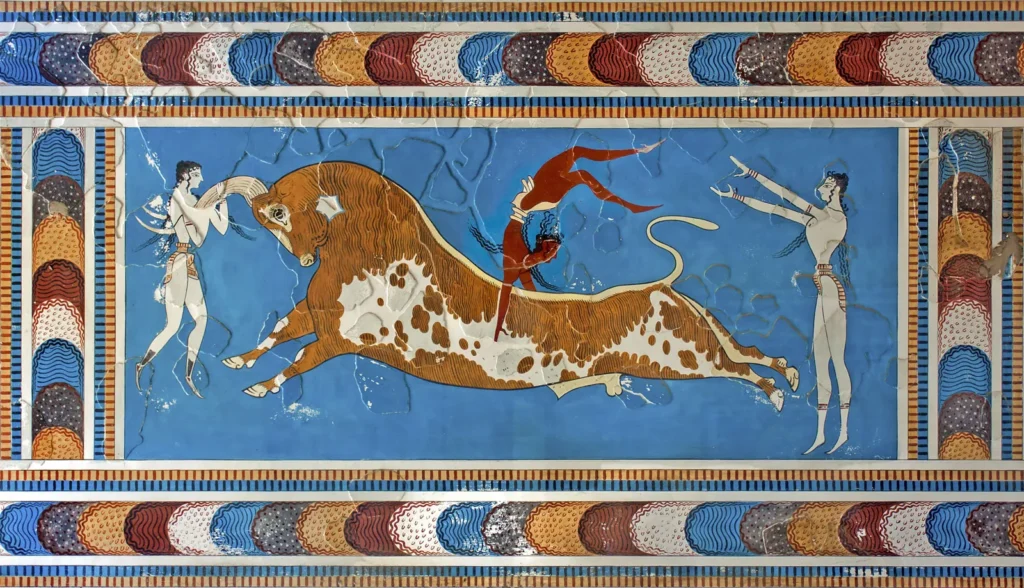
On the island of Crete, the Minoans thrived as maritime traders. Their palaces, such as Knossos, dazzled with frescoes of bull-leaping and seafaring life. They gave rise to myths like the Minotaur and the labyrinth. Natural disasters and invasions likely led to their decline, but their influence echoed in Greek culture.
The Hittite Civilization 1600 BCE – 1178 BCE

The Hittites of Anatolia harnessed iron, changing the course of warfare and industry. They clashed with Egypt at the famous Battle of Kadesh, one of the earliest recorded peace treaties in history. Their laws and diplomacy reveal a sophisticated society that helped shape the balance of power in the ancient Near East.
The Phoenicians 1500 BCE – 300 BCE

Known as history’s great sailors, the Phoenicians spread across the Mediterranean. They developed the phonetic alphabet, which influenced Greek and Latin scripts. Cities like Tyre and Sidon prospered on trade, exporting purple dye so valuable it became the mark of royalty. Their colony of Carthage grew into an empire of its own.
The Assyrian Empire 2500 BCE – 609 BCE
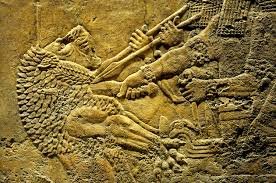
The Assyrians were masters of warfare and administration. With fearsome armies and advanced siege techniques, they built one of the largest empires of their time. Yet they were also scholars, building libraries that preserved knowledge, most famously the Library of Ashurbanipal. Their legacy is both brutal and brilliant.
The Etruscans 900 BCE – 27 BCE
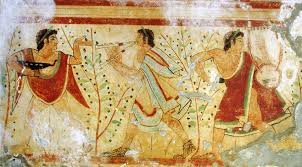
Before Rome’s rise, the Etruscans dominated central Italy. They excelled in engineering, religion, and the arts. The Romans later adopted much from them—gladiatorial games, togas, and even religious practices. Their influence was so profound that Rome could be called the Etruscans’ greatest heir.
Ancient Greece 800 BCE – 146 BCE
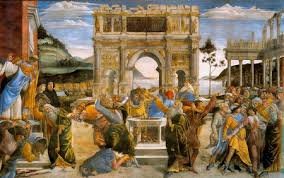
Few civilizations have left as deep an imprint as Greece. From democracy in Athens to philosophy from Socrates and Plato, Greece defined much of Western thought. Its art, drama, and Olympic Games shaped cultural identity. Though often divided into city-states, Greece united under Alexander the Great, whose conquests spread Hellenistic culture across continents.
The Persian Empire 550 BCE – 330 BCE

The Persians under Cyrus the Great built an empire of unprecedented scale. They allowed conquered peoples relative autonomy, a model of tolerance rare in antiquity. The Royal Road and a system of satraps (governors) kept the empire connected. Their eventual clash with Greece remains one of history’s defining rivalries.
The Carthaginian Empire 9th Century BCE – 146 BCE

Carthage, born of Phoenician settlers, grew into a Mediterranean powerhouse. Hannibal’s daring march across the Alps during the Punic Wars remains legendary. Ultimately defeated by Rome, Carthage’s ashes fertilized Roman supremacy but left behind a legacy of maritime skill and innovation.
The Nabataeans 4th Century BCE – 106 CE

Deep in the Arabian desert, the Nabataeans carved Petra into stone cliffs. Their mastery of trade routes and water management made them wealthy. Though eventually absorbed into Rome, their monuments stand as a testament to desert ingenuity.
The Maurya Empire 322 BCE – 185 BCE
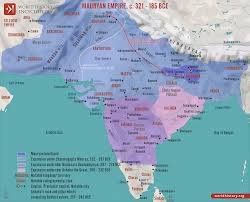
Founded by Chandragupta Maurya, this was India’s first great empire. Under Ashoka, the Maurya reached new heights. After a bloody conquest, Ashoka embraced Buddhism, spreading its teachings far beyond India. His edicts carved on stone pillars remain powerful messages of moral rule.
The Gupta Empire 320 CE – 550 CE
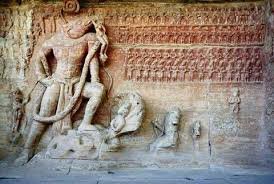
Known as India’s Golden Age, the Gupta period advanced mathematics (zero, decimals), astronomy, literature, and medicine. Hindu culture flourished, while Buddhism and Jainism coexisted. This age left an enduring intellectual and cultural mark on Asia.
The Roman Empire 27 BCE – 476 CE
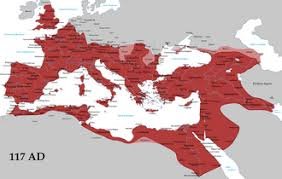
Rome was more than an empire it was an idea. Roman law, roads, aqueducts, and architecture became the backbone of Western civilization. Its legions marched across continents, and its language, Latin, evolved into the Romance languages. The fall of Rome marked the end of antiquity, but not of its legacy.
The Byzantine Empire 330 CE – 1453 CE
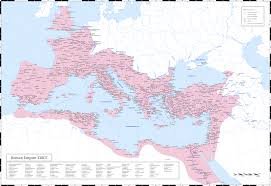
The Byzantine Empire, Rome’s eastern continuation, preserved classical knowledge while shaping Orthodox Christianity. Constantinople’s Hagia Sophia stood as a marvel of engineering. For over a millennium, Byzantium bridged East and West until it fell to the Ottomans in 1453.
The Sassanian Empire 224 CE – 651 CE
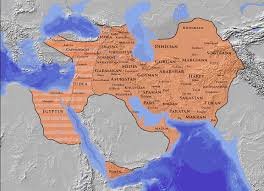
The Sassanians revived Persian power, rivaling Rome and Byzantium. They promoted Zoroastrianism, developed art and architecture, and influenced Islamic civilization after their fall. Their empire marked the last great chapter of ancient Persia.
Celtic Societies 1200 BCE – 600 CE
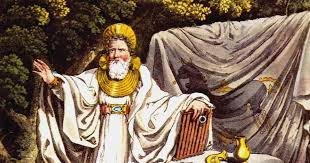
The Celts were not a single empire but a network of tribes across Europe. Known for their oral traditions, warrior culture, and intricate art, they left traces in languages and folklore that survive in Ireland, Scotland, and Wales.
The Aksumite Empire 100 CE – 940 CE
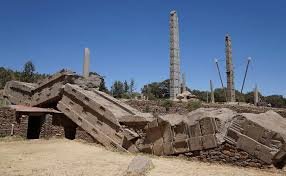
Aksum in Ethiopia controlled Red Sea trade and minted its own coins. One of the earliest states to adopt Christianity, Aksum’s obelisks still stand tall. It was a hub connecting Africa, Arabia, and India.
The Mayan Civilization 2000 BCE – 1500 CE
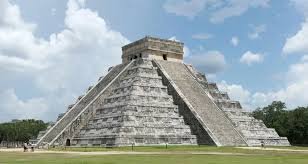
The Maya thrived in Mesoamerica, building stepped pyramids, writing hieroglyphics, and creating complex calendars. Their cities like Tikal and Chichen Itza reveal advanced astronomy and architecture. Though they never formed a single empire, their cultural influence was vast.
The Khmer Empire 802 CE – 1431 CE
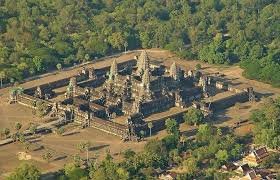
Centered in Cambodia, the Khmer Empire left Angkor Wat, the largest religious monument in the world. Their mastery of irrigation supported huge populations. Blending Hinduism and Buddhism, their culture was both spiritual and pragmatic.
The Huns and Nomadic Confederations

The Huns stormed across Europe, destabilizing Rome and pushing other tribes westward. Their horse-based warfare changed military tactics, influencing medieval cavalry. Though their empire was short-lived, their impact was lasting.
The Aztec Empire 1345 CE – 1521 CE
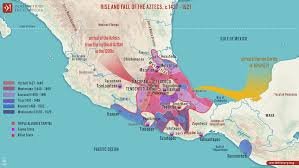
In the Valley of Mexico, the Aztecs built Tenochtitlán, a city of canals and temples. They developed chinampas (floating gardens) and ruled through tribute and warfare. Spanish conquest ended their reign, but their art and traditions live on.
The Incan Empire 1438 CE – 1533 CE
The Incas ruled the Andes with ingenuity. Their roads, suspension bridges, and terrace farming allowed them to manage vast mountainous regions. Machu Picchu, hidden among the clouds, symbolizes their engineering genius. Their empire fell to Spanish invaders, but their descendants carry on traditions today.
The Mali Empire 1235 CE – 1670 CE
Mali prospered from gold and salt trade. Mansa Musa’s pilgrimage to Mecca displayed unimaginable wealth and put West Africa on the world map. Timbuktu became a beacon of learning, with manuscripts that still survive.
The Songhai Empire 1430 CE – 1591 CE
Songhai inherited Mali’s mantle, expanding trade and scholarship. Under rulers like Askia Muhammad, it thrived as a cultural and economic powerhouse before falling to Moroccan invasions.
Interconnectedness of Civilizations
No civilization existed in isolation. Trade routes like the Silk Road connected China to Rome. Ideas, religions, and technologies spread across continents. Even collapse in one region often sparked growth in another, reminding us of humanity’s shared destiny.
Lessons from Ancient Societies
Civilizations rose when they balanced innovation, governance, and sustainability. They fell when greed, overexpansion, or resource depletion took over. Their stories are warnings and inspirations for our own age.
Table of Contents
Conclusion: The Legacy of Ancient Civilizations
Introduction
The Dawn of Human Societies
Aboriginal Australians (60,000 BCE – Present)
The Sumerians (4500 BCE – 1900 BCE)
Mesopotamia: The Cradle of Civilization (3500 BCE – 539 BCE)
Ancient Egypt (3100 BCE – 332 BCE)
The Indus Valley Civilization (3300 BCE – 1300 BCE)
Ancient China (Xia, Shang, Zhou: 2100 BCE – 256 BCE)
The Minoan Civilization (3000 BCE – 1450 BCE)
The Hittite Civilization (1600 BCE – 1178 BCE)
The Phoenicians (1500 BCE – 300 BCE)
The Assyrian Empire (2500 BCE – 609 BCE)
The Etruscans (900 BCE – 27 BCE)
Ancient Greece (800 BCE – 146 BCE)
The Persian Empire (550 BCE – 330 BCE)
The Carthaginian Empire (9th Century BCE – 146 BCE)
The Nabataeans (4th Century BCE – 106 CE)
The Maurya Empire (322 BCE – 185 BCE)
The Gupta Empire (320 CE – 550 CE)
The Roman Empire (27 BCE – 476 CE)
The Byzantine Empire (330 CE – 1453 CE)
The Sassanian Empire (224 CE – 651 CE)
The Celtic Societies (1200 BCE – 600 CE)
The Aksumite Empire (100 CE – 940 CE)
The Mayan Civilization (2000 BCE – 1500 CE)
The Khmer Empire (802 CE – 1431 CE)
The Huns and Nomadic Confederations
The Aztec Empire (1345 CE – 1521 CE)
The Incan Empire (1438 CE – 1533 CE)
The Mali Empire (1235 CE – 1670 CE)
The Songhai Empire (1430 CE – 1591 CE)
Interconnectedness of Civilizations
Lessons from Ancient Societies
Conclusion:
From Aboriginal Dreamtime to Incan mountaintops, humanity’s journey through ancient civilizations reveals resilience, creativity, and diversity. Their legacies live in our alphabets, religions, laws, and daily lives. To study them is to understand ourselves not just where we came from, but where we might go.

